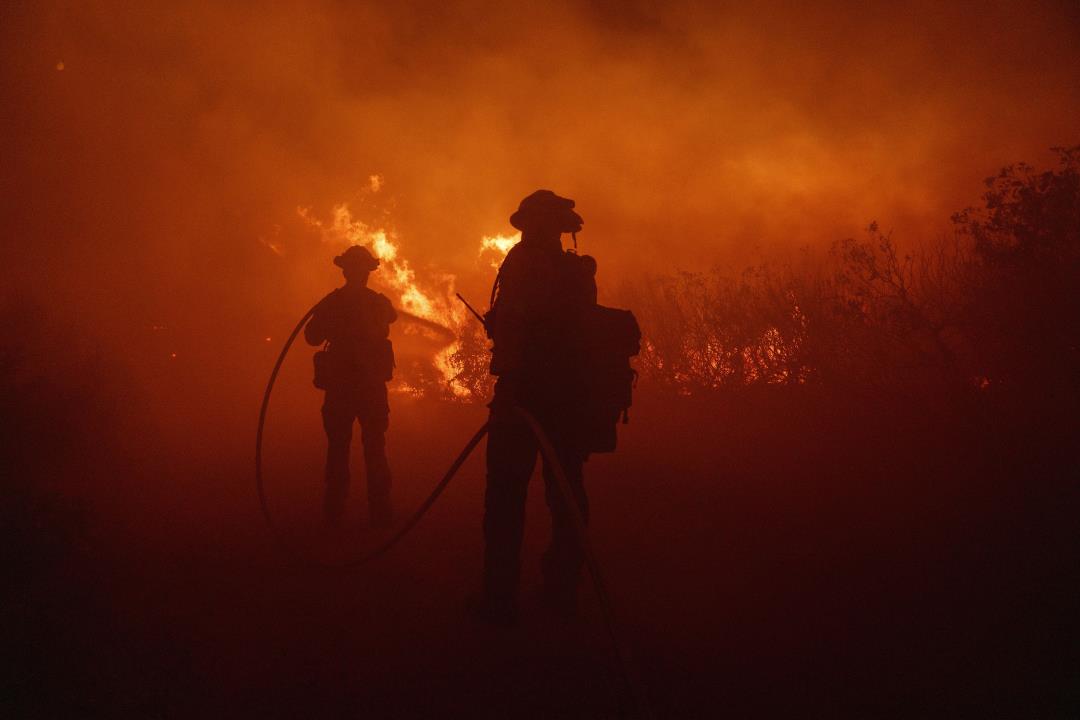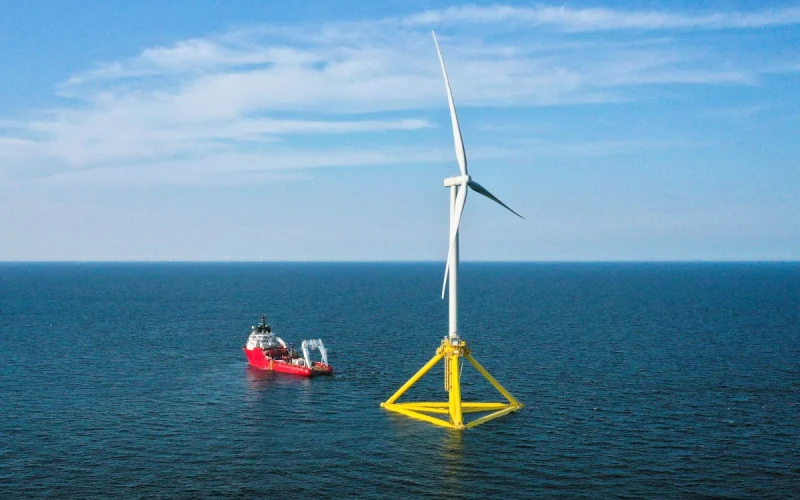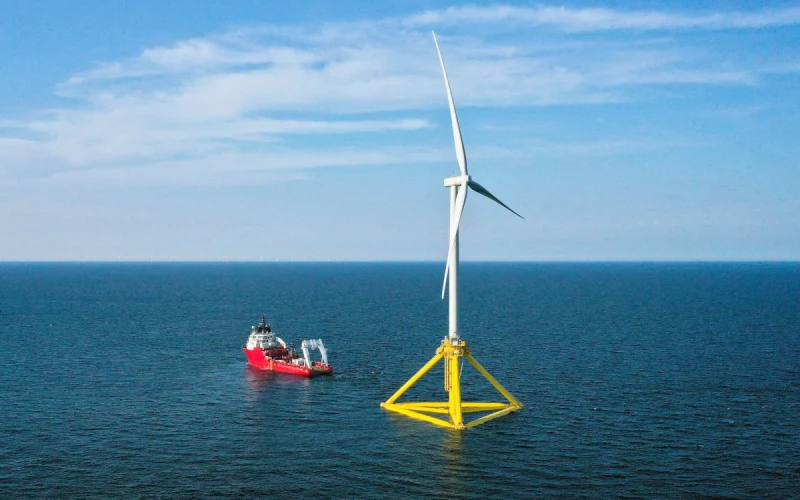California
Mater Dei and Oxford Academy softball teams to open CIF Southern California Regional on the road

Support our high school sports coverage by becoming a digital subscriber. Subscribe now
Orange County’s softball pairings for the CIF Southern California Regional were not only light Sunday as expected.
They were challenging, too.
Mater Dei and Oxford Academy, the county’s lone automatic qualifiers to opt into the tournament — both received challenging road games for the first round on Tuesday, May 28.
Mater Dei (14-12) drew the No. 8 seed in the eight-team Division I bracket and a 61-mile road trip to top-seeded Murrieta Mesa (25-4).
In Division IV, Oxford Academy (25-6) received the No. 7 seed and a 64-mile trek to No. 2 Oceanside (22-6-1).
Mater Dei, the fourth-place team from the Trinity League, accepted its automatic berth after reaching the CIF-SS Division 2 semifinals.
Oxford Academy, the fourth-place from the 605 League, claimed its bid after finishing as the CIF-SS Division 7 runner-up to Eastside of Lancaster.
Eastside received the No. 6 seed in Division IV and would host Oxford Academy in the semifinals Thursday if both teams advance.
The dominate storyline leading up to the release of the brackets Sunday was the number of O.C. teams that declined either automatic bids or invitations to the fourth-year event. The reasons included the schedule, conflict with travel softball and lack of a state championship format.
Murrieta Mesa secured the No. 1 seed by reaching the CIF-SS Division 1 semifinals, where it fell to top-seeded Orange Lutheran.
Oceanside won the Division 3 crown in the San Diego Section as the No. 5 seed by overcoming an early loss in the double-elimination tournament.
The schools with the best seed serve as the host in each round of the week-long regional tournament.
Last season, Fullerton became the first O.C. school to win a regional title by capturing Division III. The No. 2 seeded Indians defeated No. 1 Otay Ranch 7-0 in Chula Vista.

California
First California Wildfire a 'Taste of What's to Come'

California’s first major wildfire of the season is here, and the newly named Post Fire is not expected to enter the record books in terms of scale or damage. But the nature of the fire in Los Angeles County and the fact that it’s only mid-June nonetheless has scientists and firefighters worried about what’s in store for this summer, reports the New York Times.
- Status: The fire in a mountainous region north of Los Angeles grew to 23 square miles, or roughly 15,000 acres, on Sunday and forced the evacuation of about 1,200 campers, per the AP and the Los Angeles Times. It was only 2% contained as of Sunday evening. No injuries have been reported.
California
RWE to start California offshore wind project surveys

June 16, 2024

Offshore wind developer RWE announced it will start site investigation surveys for its planed 1.6-gigawatt Canopy Offshore Wind Farm off northern California.
Located 20 miles off Humboldt County, the Canopy project would anchor floating wind turbines on a 63,338-acre lease RWE obtained in a 2022 auction by the federal Bureau of Ocean Energy Management.
“Surveying is an important step on the path toward developing Canopy Offshore Wind and helping provide clean energy that meets California’s ambitious climate goals,” said Sam Eaton, CEO of RWE Offshore Wind Holdings, in a June 12 statement. “RWE is committed to responsible, inclusive development by engaging Humboldt residents, Tribal Nations, and working closely with the fishing community as we begin offshore activities on the project.”
RWE selected subsea service provider Argeo to perform the Canopy site investigation work. “Argeo is pleased to partner with RWE on their first commercial scale floating offshore wind project. We will conduct subsea surveying utilizing proven, state-of-the-art technology,” said Dave Gentle, vice president for North and South America at Argeo.
Argeo will utilize an autonomous underwater vehicle (AUV) to conduct surveys in the Humboldt lease area, where depths range from 500 to 1,100 meters (1,640 to 3,600 feet) according to BOEM.
“The use of an AUV as the survey platform during this initial site characterization effort will enable high-quality data collection close to the seafloor, including photographs of biological communities,” according to a summary by RWE.
Using the autonomous vehicle “significantly reduces the potential for entanglement of fishing gear as they are not towed equipment,” the company says. The sensors carried by the AUV operate at safe sound levels and meet California low energy equipment requirements for geophysical surveys that are in place to minimize impacts to marine mammals and other wildlife.”
Groups opposing offshore wind projects off the U.S. East Coast have worked to tie survey work to whale strandings and deaths. West Coast wind power is just entering that first phase of development, and RWE officials said they are planning to deploy protected species observers on survey vessels.
The company has engaged Geo SubSea and Coastal 35 Consulting to provide PSOs on survey vessels. Smultea Sciences will provide PSO training “to Tribal citizens and Humboldt County community members to increase the involvement and workforce opportunities for individuals who possess local and Indigenous knowledge of the area during the site investigation campaign,” according to RWE.
The first survey work is planned to start in June to map the seafloor and begin assessing best locations for turbines, anchors and cables, and charting habitat and environmental factors.
“Protected Species Observers are an essential part of ensuring site surveys occur safely in a way that avoids interactions with wildlife,” said Jeff Gardner, president of Geo SubSea, in a joint statement with RWE. “They are an important way to ensure offshore wind surveys are conducted in a manner that results in minimal disturbance to the marine ecosystem.”
“The role of the PSO is solely dedicated to monitoring for protected species,” said Jenn Klaib, owner of Coastal 35 Consulting. “PSOs work to enforce environmental regulations that protect marine wildlife and also provide valuable data for Canopy to better understand marine mammals, their habitats, behaviors, and migration routes.”
In April, Smultea Sciences trained 19 members of the local Humboldt and Tribal communities as Protected Species Observers. Several graduates of this program subsequently participated in Global Wind Organization safety training
“The Smultea Sciences team is pleased with the strong turnout of local CalPoly Humboldt and other students, local Tribal members, and community members attending and successfully completing our Marine Protected Species training,” said “It was very fulfilling to share our collective knowledge and experience in my hometown community and to open the door to work opportunities in the realms of marine biology and green energy development for Humboldt residents.”
RWE says its consultations with the northern California fishing industry “resulted in Canopy survey planning intended to avoid and minimize the potential for activity overlap, with activities sequenced in different areas during varying fishing seasons.”
The company is sending local commercial fishermen to Global Wind Organization safety training. Local fishing captains, identified by the area’s fishing industry, “will serve as an Onboard Fisheries Liaison (OFL) on the survey vessel to manage at-sea communication and coordination with the fishing fleet during survey activities,” the company says.
California
Burn permits suspended in multiple Northern California counties as active fire season continues

(FOX40.COM) — As California deals with an active fire season, multiple Northern California counties have suspended burn permits for outdoor residential burning beginning Monday, June 17.
The Cal Fire Amador-El Dorado Unit and the California Department of Forestry and Fire Protection Nevada-Yuba-Placer Unit said the areas included are Alpine, Amador, El Dorado, Sacramento, San Joaquin, Nevada, Yuba, Placer, and Sierra counties.
Cal Fire Amador said the new burn permit restrictions are in addition to those placed in other areas throughout Amador and El Dorado counties on June 10.
“This suspension takes effect Monday, June 17, 2024, at 8 am. and bans all residential outdoor burning of landscape debris such as branches and leaves,” Cal Fire said.
It continued, “While outdoor burning of landscape debris by homeowners is no longer allowed, CAL FIRE is asking residents to take that extra time to ensure they are prepared for wildfires by maintaining a minimum of 100 feet of Defensible Space around every home and building on their property and being prepared to evacuate if the time comes.”
The announcement comes as Northern California has dealt with an active fire season, including a recent 800-acre fire in Sacramento, a 1,000-acre fire in Butte County, and a 14,000-acre fire in San Joaquin County before July 1.
Some tips offered by Cal Fire to help Californians prepare their homes and property for fires include:
- Clear all dead and or dying vegetation 100 feet from around all structures.
- Landscape with fire-resistant plants and non-flammable ground cover.
- Find alternative ways to dispose of landscape debris like chipping or hauling it to a biomass energy or green waste facility.
-

 News1 week ago
News1 week agoWould President Biden’s asylum restrictions work? It’s a short-term fix, analysts say
-

 World1 week ago
World1 week agoDozens killed near Sudan’s capital as UN warns of soaring displacement
-

 News1 week ago
News1 week agoRead Justice Clarence Thomas’s Financial Disclosures for 2023
-

 Politics1 week ago
Politics1 week agoNewson, Dem leaders try to negotiate Prop 47 reform off California ballots, as GOP wants to let voters decide
-

 World1 week ago
World1 week ago‘Bloody policies’: Bodies of 11 refugees and migrants recovered off Libya
-

 Politics1 week ago
Politics1 week agoGun group vows to 'defend' Trump's concealed carry license after conviction
-

 Politics1 week ago
Politics1 week agoShould Trump have confidence in his lawyers? Legal experts weigh in
-

 Politics6 days ago
Politics6 days agoGOP releases Jan. 6 clip of Pelosi saying 'I take responsibility' as she discussed National Guard absence




















